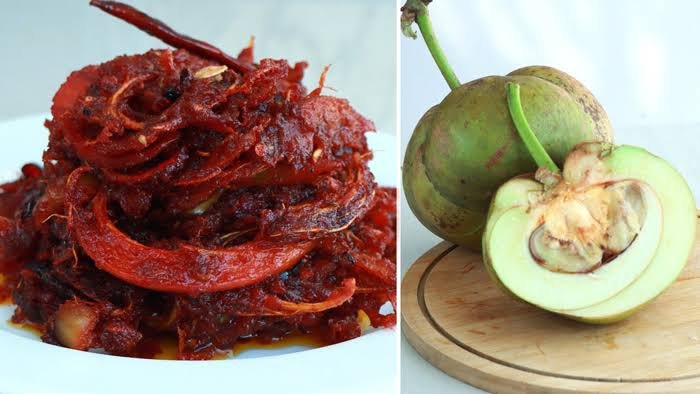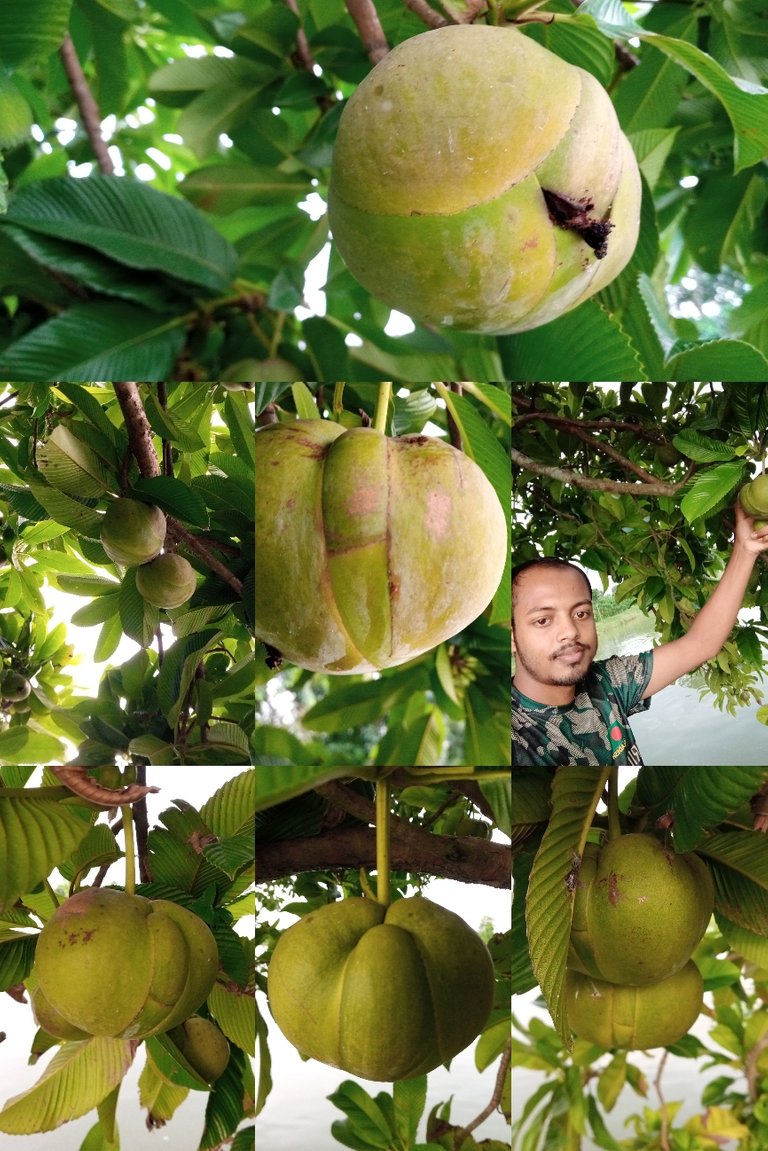
| Cultivation of native fruits |
|---|
Dillenia indica grows well in wet, damp places. Chalta trees can be seen in almost all regions of the country. However, its production is more in the forest areas of Khulna, Bagerhat, Pirojpur, Barisal districts in the southern part of the country. The small businessmen of this region are the village bazaar and
| Health benefits of movement: |
|---|
Chalata contains sufficient amount of iron which helps in the functioning of red blood cells, eliminates anemia. Different types of nutrients in chalta help prevent various heart diseases. This sour fruit helps prevent various kidney diseases. Chalata also works well in diarrhea and indigestion.
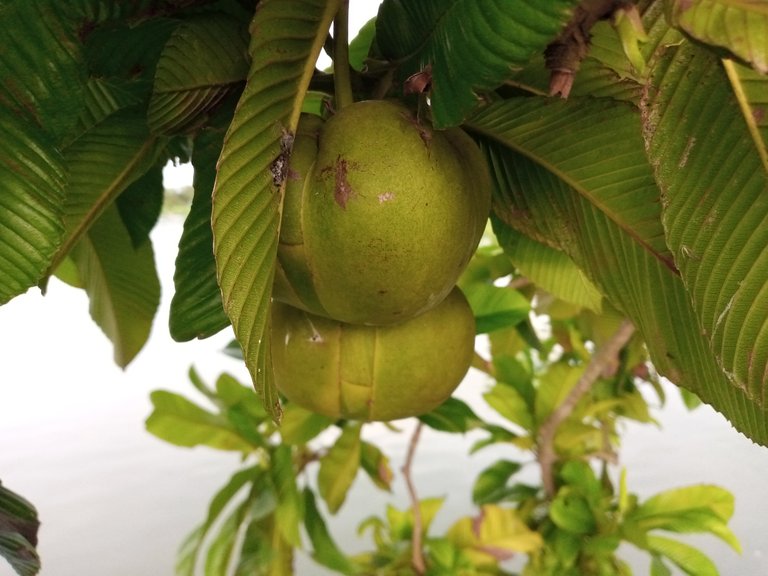
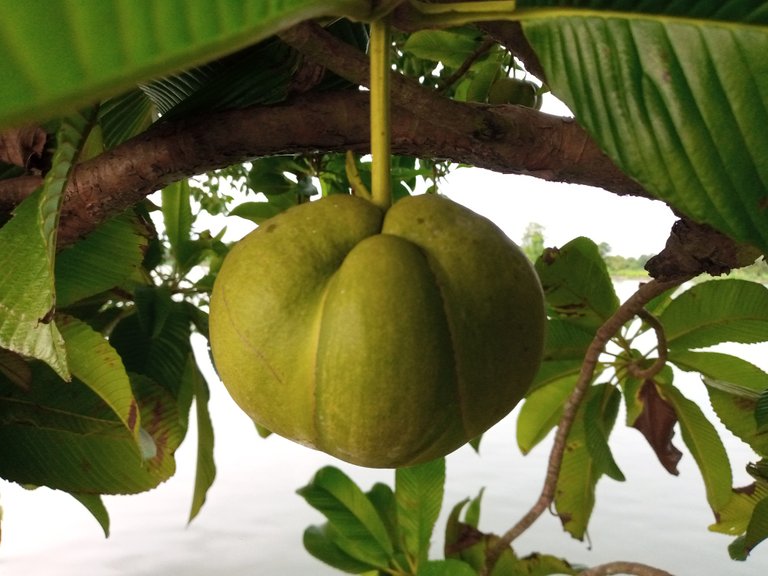
Due to the sufficient amount of Vitamin-C in Chalta, this fruit prevents scurvy and liver diseases.
Chaltar contains some special antioxidants, which prevent breast cancer and uterine cancer.
Exercise helps in controlling bad blood cholesterol and diabetes.
Chalata contains sufficient amount of iron which helps in the functioning of red blood cells, eliminates anemia.
Different types of nutrients in chalta help prevent various heart diseases.
This sour fruit helps prevent various kidney diseases.
Chalata also works well in diarrhea and indigestion.
It also has special qualities in preventing diseases such as sore throat, chest phlegm, cold, cough etc. Therefore, to avoid the outbreak of these in winter, you can eat chaltar juice or chaltar sour occasionally.
Chalata helps in the formation of bones, teeth and nails.
Above all, exercise helps to keep the body healthy and active by boosting the immune system. So you can eat rice this winter or throughout the year by making pickles, chutney or eating rice-dal.
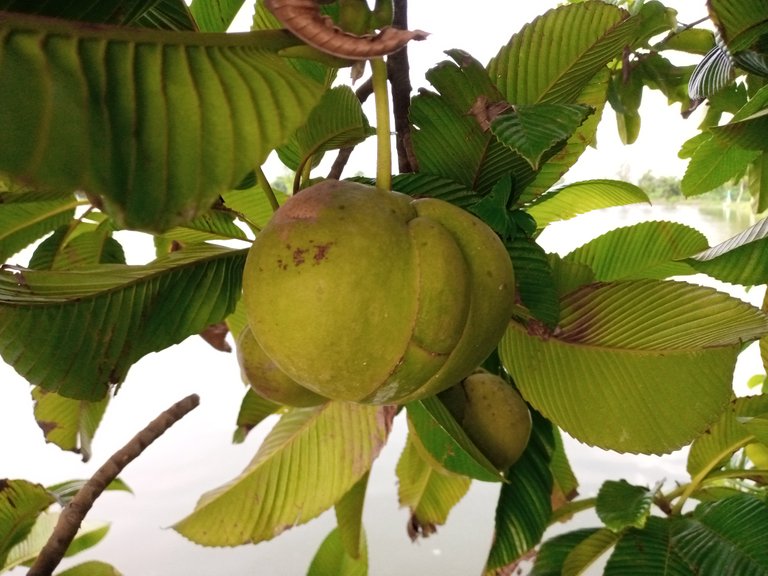
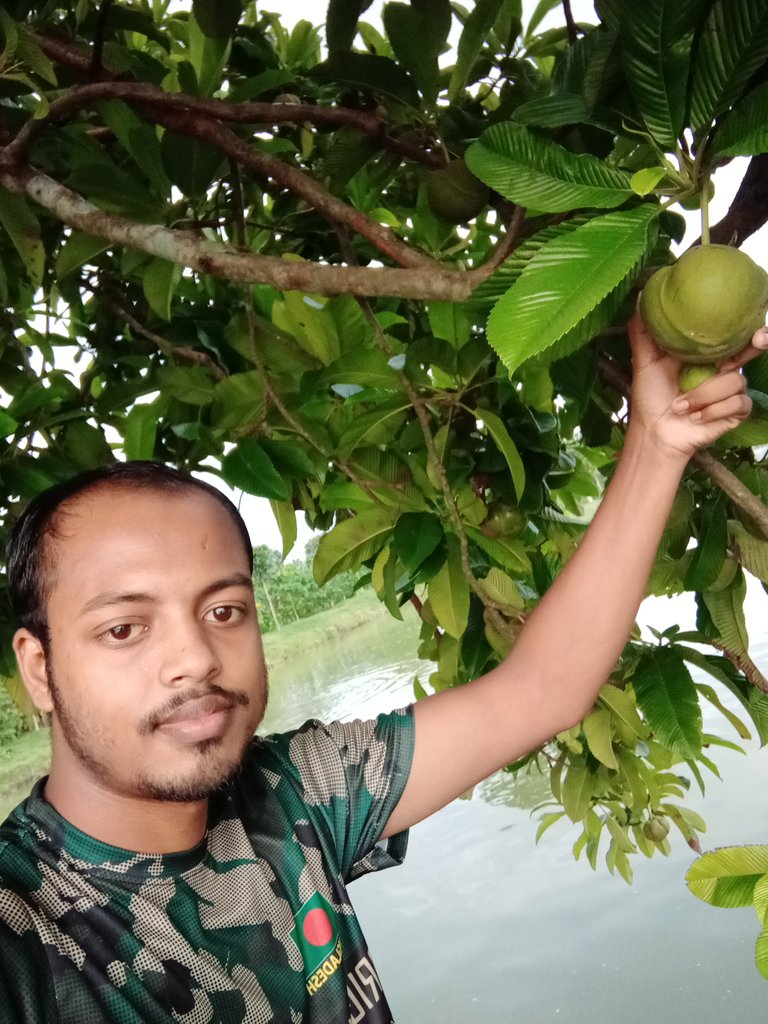
Name of the disease:
Leaf-wrapping insect
Symptoms:
They twist the leaves and eat the green part of the leaves. Although not very harmful to large trees, it can often defoliate smaller trees.
Management:
- Destroy affected leaves and tips by pruning. 2. Remove leaves and debris from under trees. 3. Chemical insecticides are not recommended, but if the attack is heavy, spray with 2 ml of sumethion per liter of water.
Caution:
Do not keep the garden untidy.
To be done:
- After harvesting the fruit, clean the dead branches, fruit pods, diseased or insect-infested branches and overgrown branches. 2. After cleaning, spray the entire plant thoroughly with a fungicide and an insecticide. 3. Visit the garden regularly.
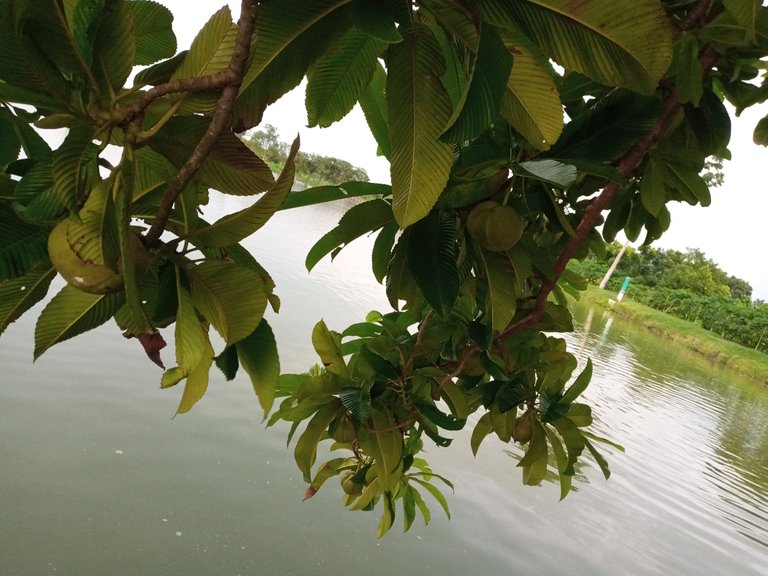
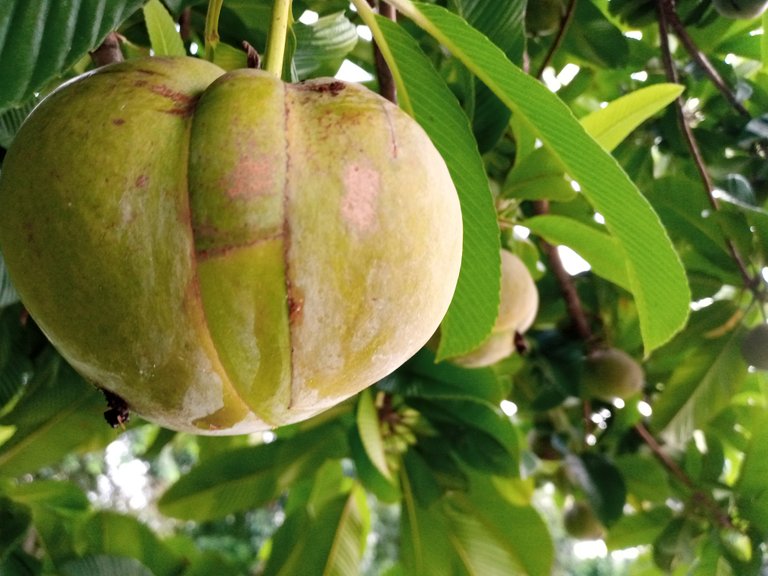
Scientific classification
World :
Plant ae
(unclassified):
Angiosperms
(unclassified):
Eudicots
(unclassified):
Core eudicots
Class :
unplaced
Family :
Dilleniaceae
Mass :
Dillenia
Species :
D. indica
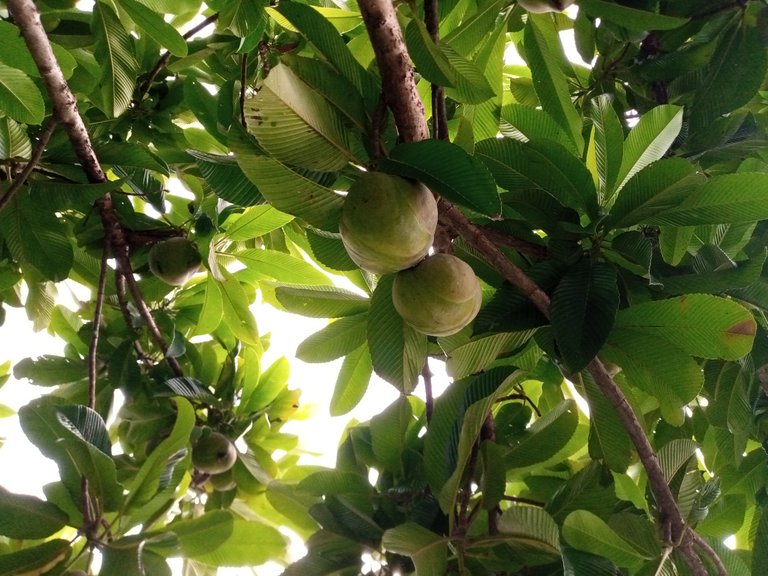
Fruit ripens after monsoon, fruits are available till winter. Seedlings can be made from seeds of ripe fruits. When the fruit ripens on the tree, if it is not planted, the seeds from the fruit fall automatically to the ground; Seedlings grow from it in favorable environment. That's why many small seedlings are often seen under the soil. Even if these four are picked and planted in the garden, they become trees. But seedlings grown from seeds take 6-7 years to bear fruit. The tree lives more or less 25-30 years. Chalta seedlings can also be made by branch grafting or cuttings. Those pens bear fruit quickly.
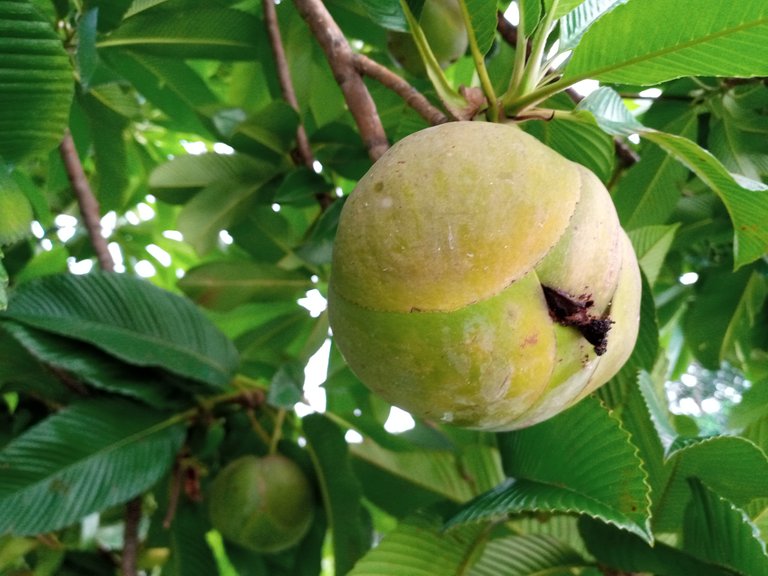
Thanks for watching and spacial thanks for supporting teams .. I Love this community so much ..I think I will get support and love from you in future days I want to support new users shoulder to shoulder with you and stand by them.
